Humanity’s 3 Hopes For Finding Alien Life
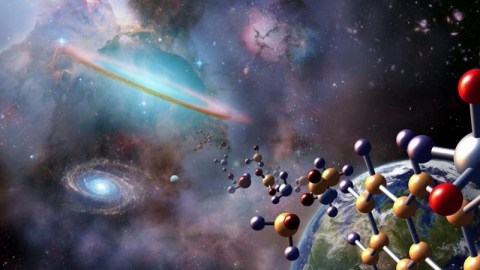
The ingredients for life are everywhere, but so far the only life we know of comes from Earth. Here’s how that might change.
Ever since human beings first turned our eyes skywards, to the planets, stars, and galaxies beyond our home world, the possibility of alien life filled our imaginations. When we approach the question scientifically, though, we still await the first conclusive confirmation of life beyond Earth. The complex, differentiated life forms we see here on Earth are the result of over four billion years of evolution, but cosmically, the ingredients for life are everywhere. We’ve began to discover organic molecules elsewhere in our Solar System, in interstellar space, and even around other stars. How long will it be before we have the first signs of life beyond our world? There are four ways we’re presently searching for it, and which one will bear fruit first is anyone’s guess.

In order to create life, we need the fundamental ingredients that life processes seem to require: the raw elements of the periodic table. It takes only a few generations of stars that live-and-die by burning through their nuclear fuel for this to happen. We’ve found stars with rocky planets around them that are up to seven billion years older than Earth is, all with the heavy elements necessary for life. We’ve found Earth-sized worlds in the potentially habitable zones around their parent stars all throughout the galaxy. And we’ve found organic molecules, from sugars to amino acids to ethyl formate — the molecule that gives raspberries their scent — in locations from asteroids to young stars to protoplanetary disks to molecular gas clouds.
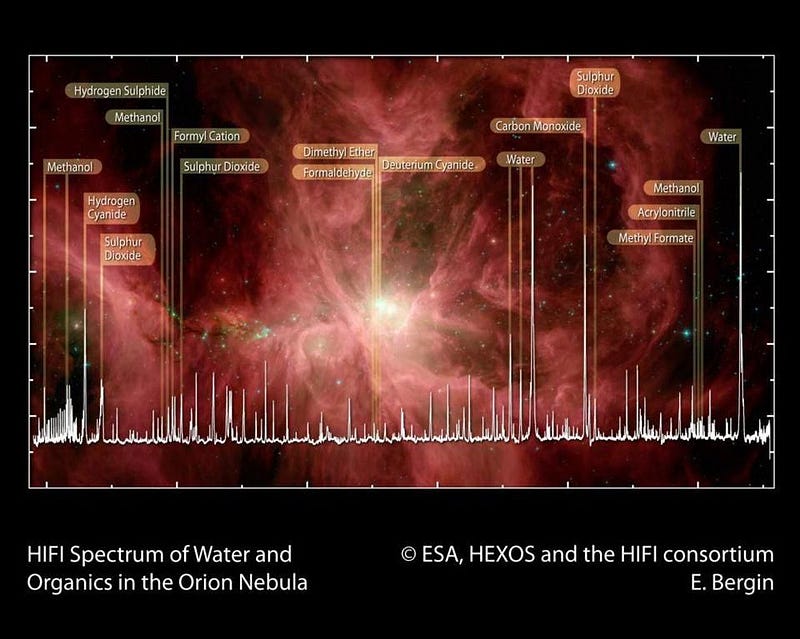
All told, we estimate that there are more than a trillion (10¹²) planets, and hence, chances for life, in our Milky Way galaxy alone. But there is a very big difference between planets with the ingredients for life on them and true, bona fide alien life. We do not yet know whether there are any other instances of life in the Universe besides what we’ve found here on Earth. Although scientists strongly suspect that with similar ingredients and identical laws of nature, a Universe where life is unique to Earth seems highly unlikely, we do not draw conclusions until we have the evidence. Moreover, we still do not yet have an answer to one of the most critical scientific questions of all: how do we go from non-life to life?
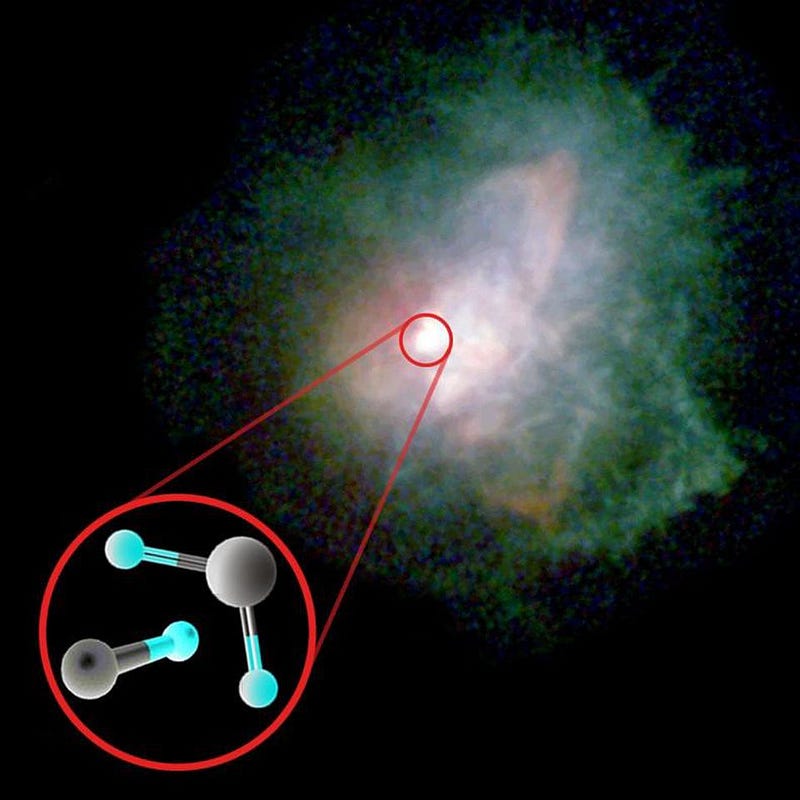
Our existence here is proof enough that it can happen. We can imagine that if life comes to exist anywhere else in the Universe, there are three different levels it could achieve:
- Life begins on a world, but doesn’t last, thrive, or continue in perpetuity.
- Life thrives, sustains, and lasts billions of years, where it causes substantial changes to the surface properties of the world where it exists.
- Life becomes intelligent, technologically advanced, and either communicative, spacefaring, or both.
Clearly, the more advanced possibilities are more exciting, but also likely to be more rare. Yet sometimes the rare things are the easiest to find because they stand out so spectacularly against everything else that’s there. Here are the different methods we’ll use to search for these very different forms of life, giving humanity our 3 very different hopes for finding life beyond Earth in the Universe.
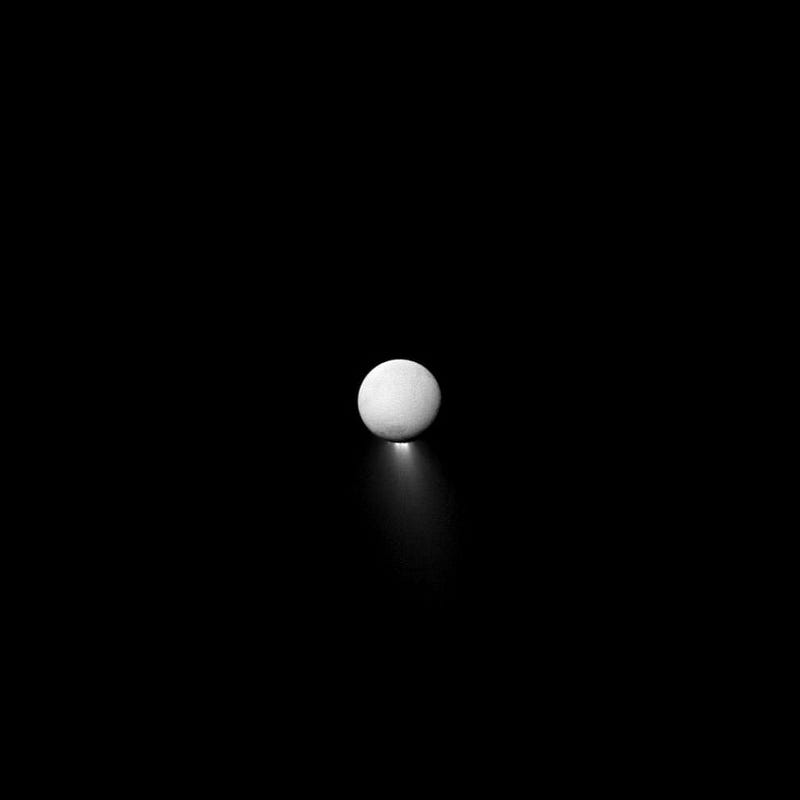
1.) Looking in the solar system. While life has thrived here on Earth for billions of years, the other worlds don’t appear to have fared as well. If there is life anywhere, it likely hasn’t advanced past what we’d consider a very primitive state. Mars and Venus may have had wet, temperate, Earth-like pasts, but Mars is cold and barren today, while Venus is a poisonous, cloud-covered inferno. Meteorites that fall to Earth contain not only the amino acids found in life processes, but many others that aren’t involved in biological processes on Earth. Moons like Europa and Enceladus likely have liquid, sub-surface oceans, providing similar conditions to the hydrothermal vents — which teem with life, by the way — at the bottom of Earth’s oceans.
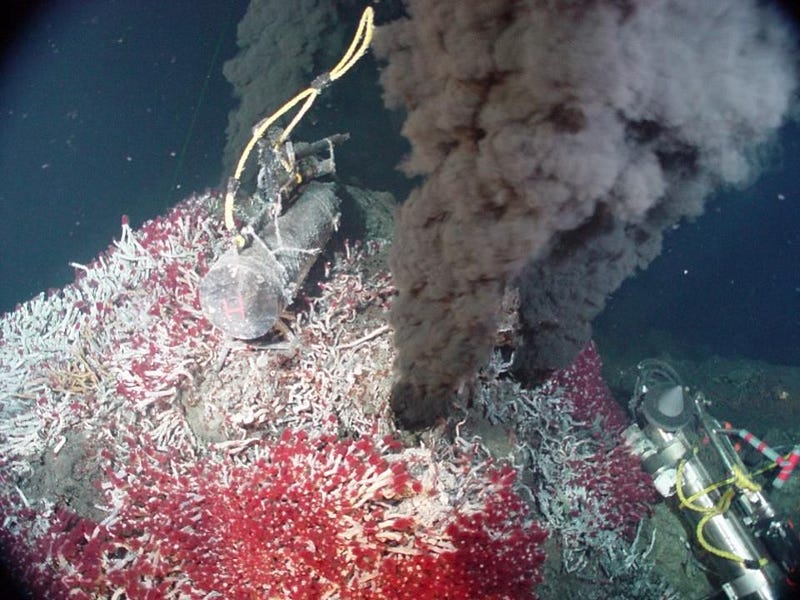
Although we’ve never found evidence for living creatures, past or present, on another world, the possibility is tantalizing. Mars has sedimentary rock on it, formed by a watery past; will we find a fossil record there when we investigate? Europa and Enceladus have entire oceans to investigate beneath a surface of ice; will there be microbes or something even better in their waters? There are even arguments that diatoms, an example of primitive lifeforms, that are found in meteorite fragments may have an extraterrestrial origin, rather than coming from Earth. This is the least advanced form of life we can imagine, but we have the advantage of having many worlds we can physically access, visit, and measure. If primitive, simple life is ubiquitous, investigating our Solar System thoroughly enough will uncover it.

2.) Looking to exoplanets around other, nearby stars. Over the past 25 years, the field of exoplanet science has exploded from its infancy to a treasure trove, where thousands of planets are now known to exist around stars beyond the Sun. Many of these worlds are small, rocky, and at the right distances from their stars, assuming they have Earth-sized atmospheres, to have liquid water on their surfaces. We won’t be able to detect individual microbes or fossils on them like we would if there were life in the Solar System, but there’s an indirect method we could use if life sticks around and thrives: looking to the changes that life makes to an alien planet’s atmosphere.
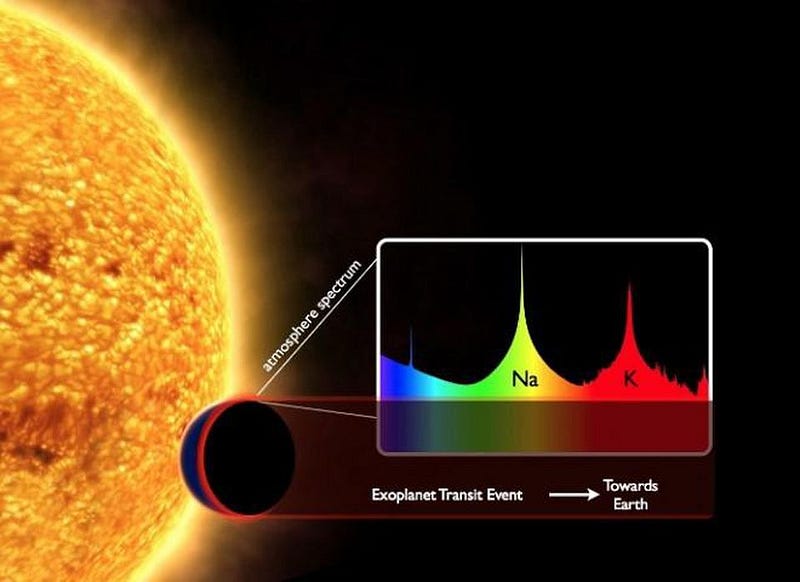
Earth is the only planet we know of with so much molecular oxygen on it: 21% of our atmosphere is O2. The reason for this? Life has, over billions of years, added this biological waste product to our atmosphere. We think of oxygen as essential to life, but it’s only because animals have evolved to utilize this ingredient to develop aerobic respiration and make good use of this abundant molecule. As our technology continues to improve, we expect to be able to measure molecular signatures on exoplanetary atmospheres, and potentially even directly image exoplanets to look for clouds, oceans, seasons, and continental greening. We have every reason to believe that sustained life on another world, if we happen to be looking at it in the right way, should be revealed to us during this century.
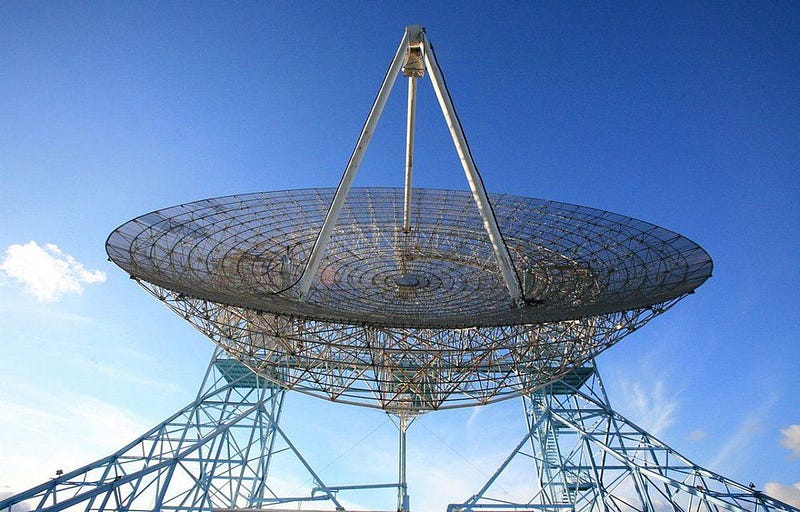
3.) Looking for signals of intelligent aliens. Here on Earth, we had single-celled life for billions of years before the first multicellular organism evolved. It took over 500 million years from the Cambrian explosion, where complex, multicellular, well-differentiated life arose, until an intelligent, technologically advanced civilization rose to prominence. Yet humanity has already begun broadcasting signals to the stars, and has reached the point where we could detect signatures of intelligent aliens if they were broadcast with enough power. The Search for Extra-Terrestrial Intelligence (SETI) and its active-outreach counterpart, METI (for Messaging to Extra-Terrestrial Intelligences), represents the highest-risk, highest-reward search for aliens of all.
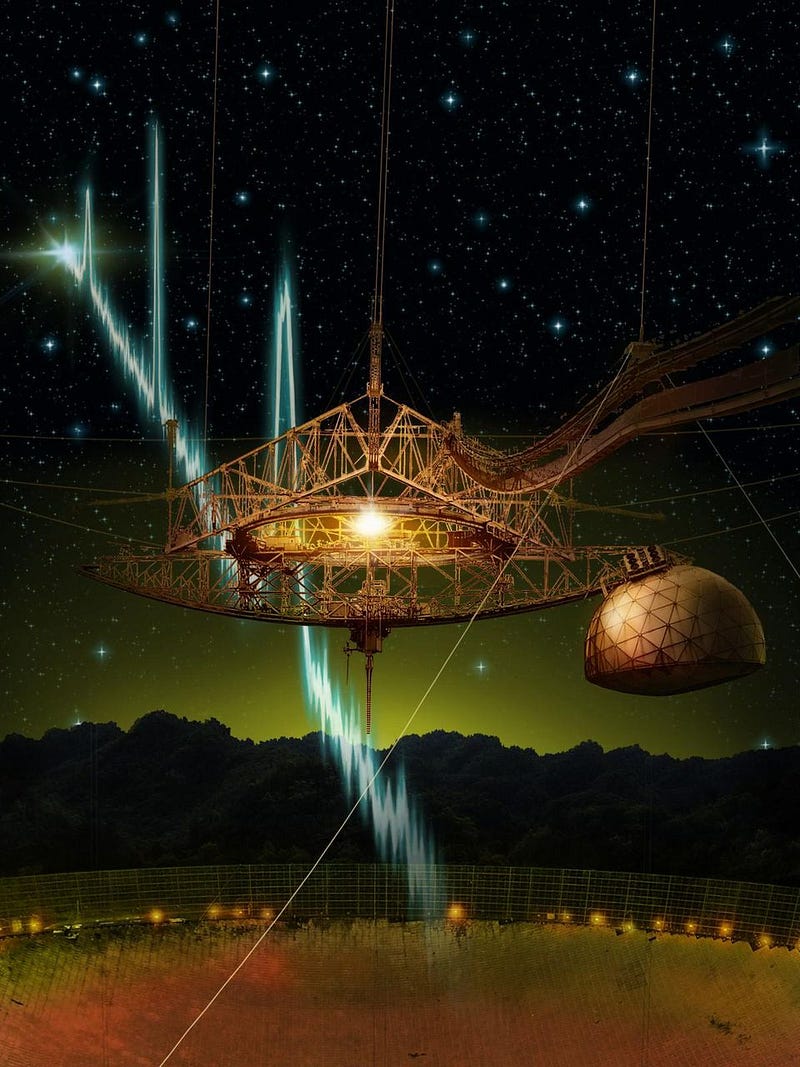
In the 1960s, we assumed aliens would attempt to communicate using radio waves. 50 years later, we’re not so sure. What types of alien signals would exist? How would we decode them? How would they transmit, or receive, interstellar signals? Would they even, potentially, be a spacefaring civilization, capable of literally trekking across the great interstellar distances? Ideas like the Breakthrough Starshot project have transformed this last possibility from science-fiction to a real-life possibility. If a signal — or even better, a spaceship — arrived here on Earth, it would represent the greatest shift in our understanding of the Universe and our place in it since we first turned our eyes skyward.
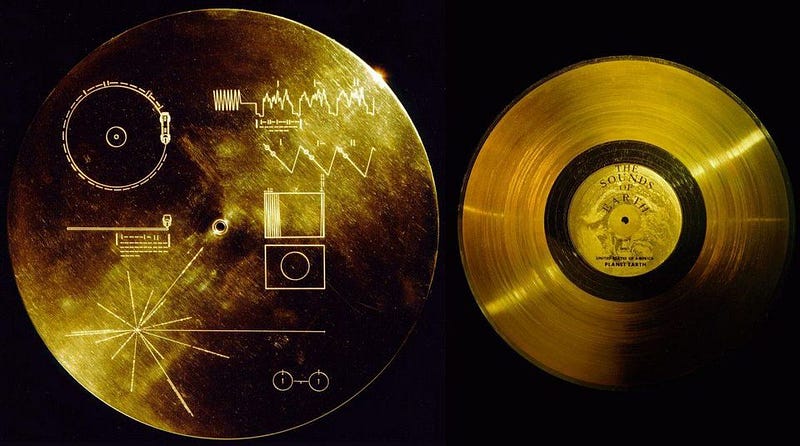
Although it’s just conjecture at this point, scientists speculate that life in the Universe is probably common, with the ingredients and opportunities for it to arise appearing practically everywhere. Life that thrives and sustains itself on a world, to the point where it can change its atmospheric and/or surface properties, may need to get lucky, and is likely more uncommon. Evolving to become complex, differentiated, multicellular creatures is likely even rarer. And as far as becoming what we would consider an intelligent, technologically advanced civilization, it could be so exceedingly remarkable that in all the Universe, it might just be us. Yet despite how different these outcomes are, we’re actively searching for all three types of life in very different ways. When the first sign of alien life finally is discovered, which one shall emerge victorious?
No matter which method pays dividends first, it will be among the greatest day in the history of life on Earth.
Ethan Siegel is the author of Beyond the Galaxy and Treknology. You can pre-order his third book, currently in development: the Encyclopaedia Cosmologica.





